Search
Did you mean: Elam?
Search Results
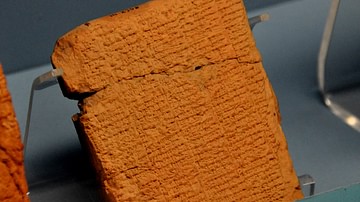
Image
Law Code Tablet of King Hammurabi from Nippur
This terracotta tablet is a smaller version of the original Code of Hammurabi to be used in schools and courts. The tablet was found at Nippur (modern Nuffar, Al-Qadisiyah Governorate, Iraq), southern Mesopotamia. Old Babylonian era, 1790...
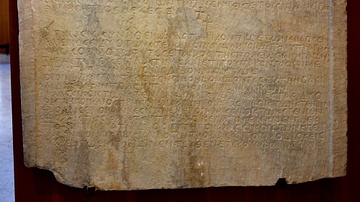
Image
Law of Anastasius I Dicorus
Marble slab inscribed in Greek. This is the law of the Byzantine Emperor Anastasius I Dicorus (reigned 491-518 CE), regulating the passage through Dardanelles customs. Byzantine Period, 6th century CE. From Abydos, Çanakkale, in modern-day...

Image
Church of Saint Pancrace after 1905 Law of Separation
The entrance of the Church of Saint Pancrace in Aups after the 1905 Law of Separation of Church and State in France.
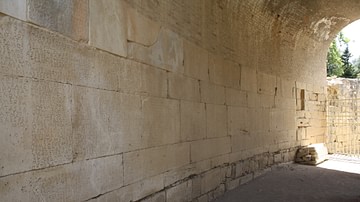
Image
The Law Code of Gortyn, Crete
The lawcode from Gortyn, Crete was written in the 5th century BCE and is said to be the largest epigraphic text in ancient Greek (8 m x 1.70 m).
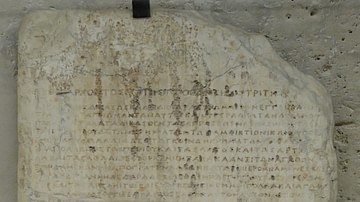
Image
Amphictionic Law of Delphi
Amphictionic law of Delphi, Pentelic marble stele, from Aegina, 4th century BCE.
Louvre, Paris.
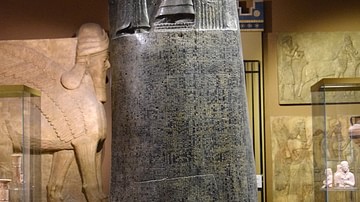
Image
Hammurabi's Law Code
A diorite stele with an inscription of Hammurabi's code of laws. Susa, Babylonia, 18th century BCE. Cast of the original now in the Louvre, Paris. (Pushkin Museum, Moscow)

Image
Moses Recieves the Law
Detail from the west window of Bath Abbey showing Moses receiving the tablets of the Commandments from the hand of God.

Video
The Law Code Stele of King Hammurabi
The Law Code Stele of King Hammurabi, 1792-1750 B.C.E., basalt, 225 x 65 cm (Louvre, Paris). Speakers: Dr. Steven Zucker and Dr. Beth Harris

Video
The Peacemaker's Journey & The Great Law of Peace
As visitors transition from the first floor to the second floor, they will learn the story of the Peacemaker and his helpers Jikonsaseh and Hiawatha, as they work to overcome the fearsome Tadodaho to unite the five original nations of the...

Video
True understanding of law of karma
The topic in this clip can be further explored on twitter by subscribing to Twitter Humanism1893 https://twitter.com/search?q=humanism1893&src=typd This account is called Humanism1893 because it reflects Humanism that came on world...